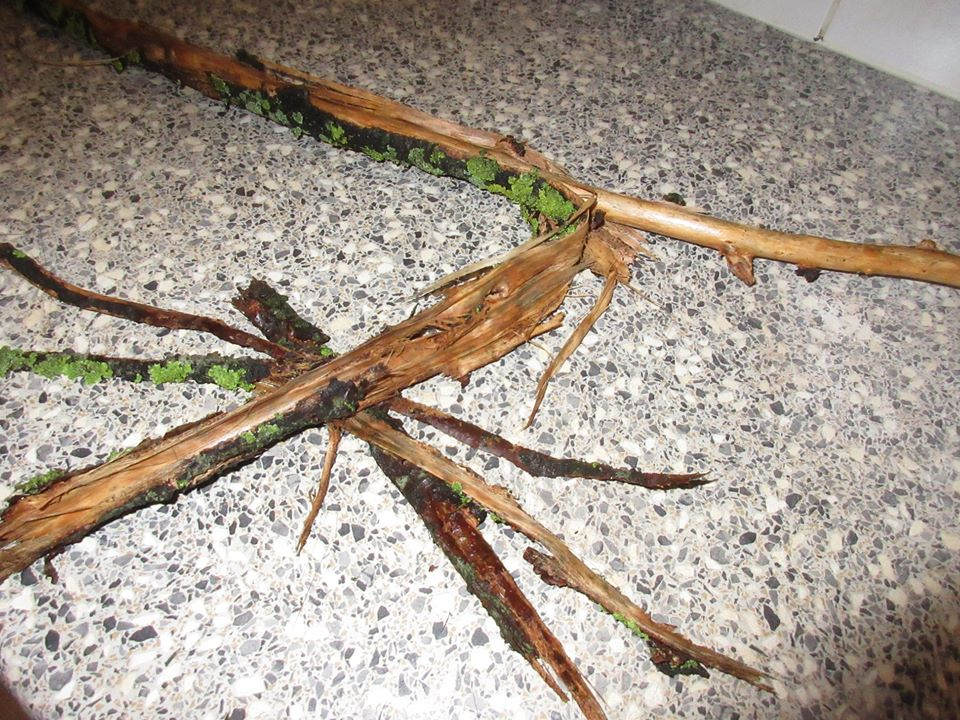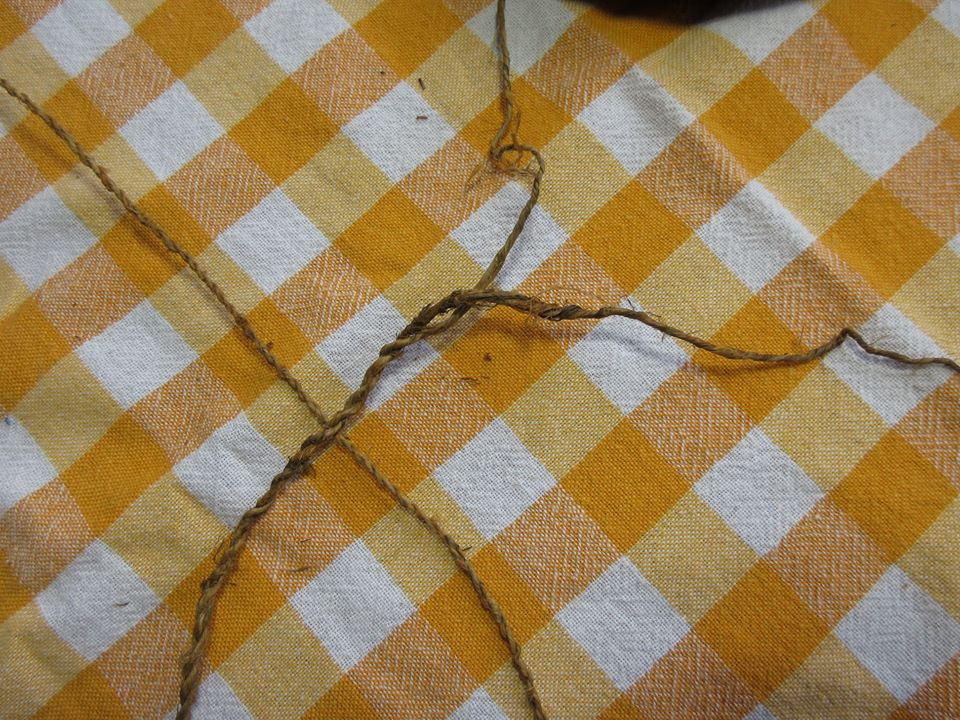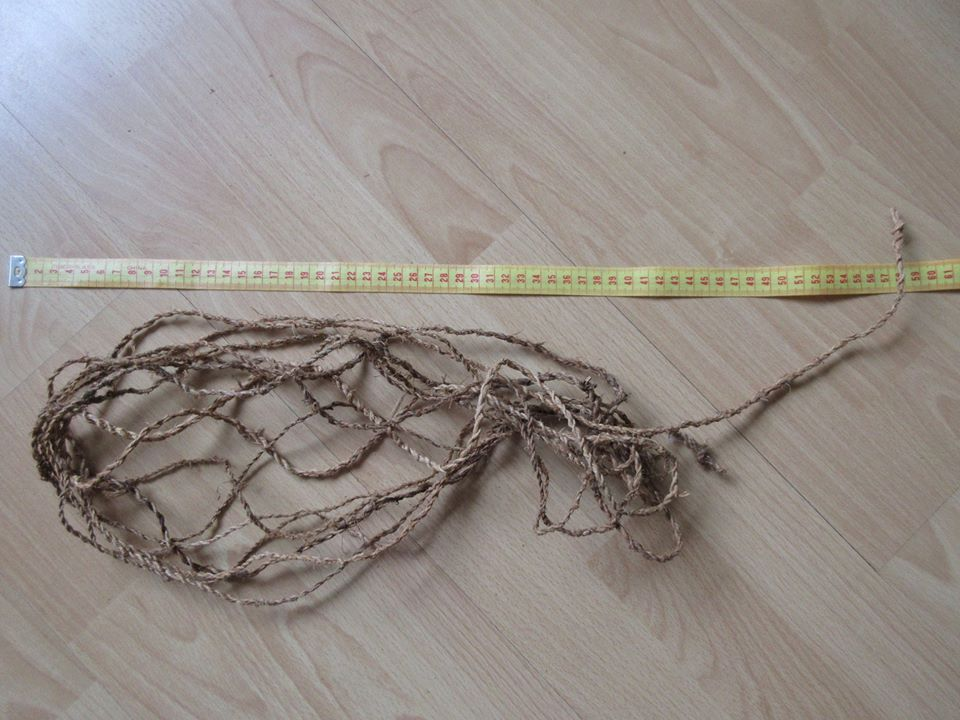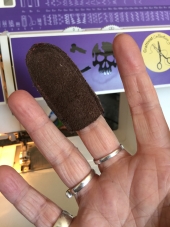
 11
11




 11
11



















 2
2











 7
7











I certify that this badge bit is complete!...and that I need to go and make some twine from my nettle, too!
 9
9




~ Dragons, Fairies and even a Mini-Paul! ~ You Know You're a Permie When...~ All About Permies, including tutorials ~Herbal Hugel Spiral of Randomness!~Tricks to Keep the Dirt from Sliding off a Hugel~List of Cascadia Bloggers and Facebook Pages!~
I hereby certify this BB as complete!
 10
10









I hereby certify this BB as complete!
 2
2




dawn west wrote:I made cordage! I used the inside phloem layer( had to look that up) of a fallen oak tree. It took several tries to figure out the reverse twist for the cordage then I thought 20 feet of this stuff, no way it must be 20 inches. But after completing 20 feet I realized how much more I learned about adding material, harvesting more and keeping a consistent thickness to the rope. ...
"Also, just as you want men to do to you, do the same way to them" (Luke 6:31)






 7
7








"Also, just as you want men to do to you, do the same way to them" (Luke 6:31)
I hereby certify this BB as complete!

|
Get me the mayor's office! I need to tell her about this tiny ad:
The new permaculture playing cards kickstarter is now live!
https://www.kickstarter.com/projects/paulwheaton/garden-cards
|








